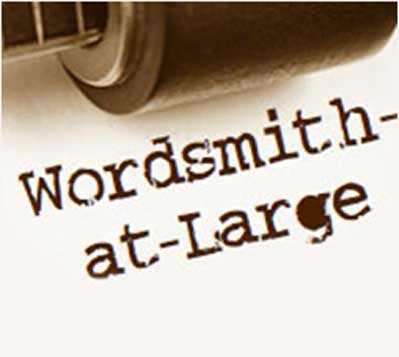Did you manage to file your taxes on time this week? Thanks to the weekend and Patriots’ Day in New England, we all had three extra days to hit the Send button or visit a local postal office to drop off the necessary documents. I can clearly remember the days before electronic filing when there were always long lines of cars at P.O. stations throughout the nation on Tax Day. Often, employees would stand next to big burlap containers outside the office, and you just tossed your stamped return into the bins as you drove by. You had until midnight to guarantee an April 15thpostmark.
For 2022, from what I could find, so far, the federal government of the good ol’ U.S. of A. has already collected some $2.05 trillion in tax dollars. But I don’t think that includes donations that arrived in Washington, D.C. this week. Unfortunately, whatever came in on Tax Day, this past Tuesday, is projected to still be about $1.4 trillion short of what the government is spending. At least that’s what the Congressional Budget Office reports. (So, if you feel the urge to voluntarily send in more, please feel free to do so.)
You probably already know that around 25 cents of every dollar in the budget goes to defending our shores. And that another huge chunk of change makes its way into Social Security payments, housing assistance, nutrition and food assistance, unemployment compensation, and a whole host of other social programs. You may also already be aware of something called the Members’ Representational Allowance that provides something to the tune of $813 million or so per year to fund Congresspersons and their offices.
But what about other places your money goes. According to reports, did you know that over the years you’ve helped fund projects such as:
- An endeavor “to support accessibility upgrades and theater renovations to Taliesin West, Frank Lloyd Wright’s winter home and studio from 1937 until his death in 1959.” The project also funded “the design of comprehensive engineering plans for the replacement of the site’s failing water and sewage infrastructure” for $176,000.
- The “production of a ninety-minute documentary chronicling the life and work of the nineteenth-century photographer Eadweard Muybridge” for $500,000.
- “A four-week seminar for 16 college and university faculty on the impact of the digital revolution on map literacy and humanities research and teaching with material maps” costing just under $125,000.
- “The production of a sixty-minute documentary film about the family of animators who created . . . Koko the Clown, Popeye the Sailor Man, and Betty Boop” for $500,000.
- “A three-week seminar for 16 schoolteachers on the relationship of humans to the natural world” for $104,000.
- “The installation of a dedicated environmental control system and LED lighting in Louis Nevelson’s 28-seat Chapel of the Good Shepherd in Saint Peter’s Church in New York City” costing $350,000. (If my math is right, that’s $12,500 per seat.)
- “The development of a set of tools to automatically extract and visualize relationships in large textual corpora, with a focus on making ‘hidden’ relationships more visible” for more than $80,000. (I have no idea what that even means.)
And then there’s:
- $7 million for Fake Farms. It seems one loan-processing company sent Paycheck Protection Program checks to “imaginary farms in impossible places.” One of those was a resort town just north of Atlantic City, New Jersey, where supposedly a cattle ranch and tree nut farm were located. Even the local mayor said, “We’re a sandbar.”
- More than $500,000 for, well, a rather delicate subject. Animal poop. It seems researchers “recorded footage of pandas, elephants, warthogs, and more in their most private moments,” and then examined the, uh, the residue left behind for clues to help diagnose animal illnesses
- $3.6 million on a never-used garage. It seems the National Security Agency (America’s top intelligence-gathering organization) erected “a hastily built modular parking deck in Maryland. The finished garage, meant for 250 vehicles, held just 87 – costing $34,000 per spot.” But wait, it gets better. “The structure’s European designers didn’t take the size and weight of American cars into account.” The report is that after one year of testing, the garage was deemed too flimsy. So, “the NSA paid $500,000 to demolish the structure.” No employee ever used it.
And that’s just the beginning. Wasteful government spending? Surely you jest. So, who’s feeling confident that all the money you just donated to the coffers will be used to keep the wheels of democracy spinning?
©MMXXIII. William J. Lewis, III – Freelance Writer


Leave A Comment